
After spending five days at the Glastonbury Festival in a tent stacked to the rafters with labia weights, latex nipples, testicle sweets, pubic wigs and bumhole paint, you can imagine how hard it is to find one singular moment that encapsulates the entire experience.
But this is it: pasting a new nipple onto the scar of a mastectomy victim. “Thank you,” is all she said. Because there was nothing more that she needed to say.
Even if the entire festival had flooded with mud, all our equipment had been destroyed, and we wound up five thousand pounds in the red, it would have been worth it just for that single moment. We returned to her something that had been stolen by fate.
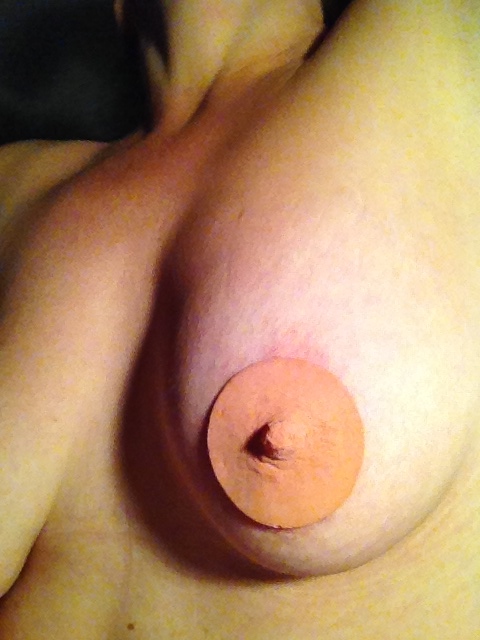
Six months ago Guerilla Science decided to tackle a singular puzzle: the pervasive discomfort humans have with the sexual diversity that defines our species. Our solution? Heavenly Nipples: an upmarket, high-end fashion emporium designed to celebrate humanity’s spectacular sexual spectrum.
Our key collaborator was the Brighton-based artist Jamie McCartney, creator of the Great Wall of Vagina, who held court for the entire week, photo-scanning the anatomical diversity of the denizens of Glastonbury, explaining his work, and bringing “freedom from body dysmorphia” to Britain’s largest festival.
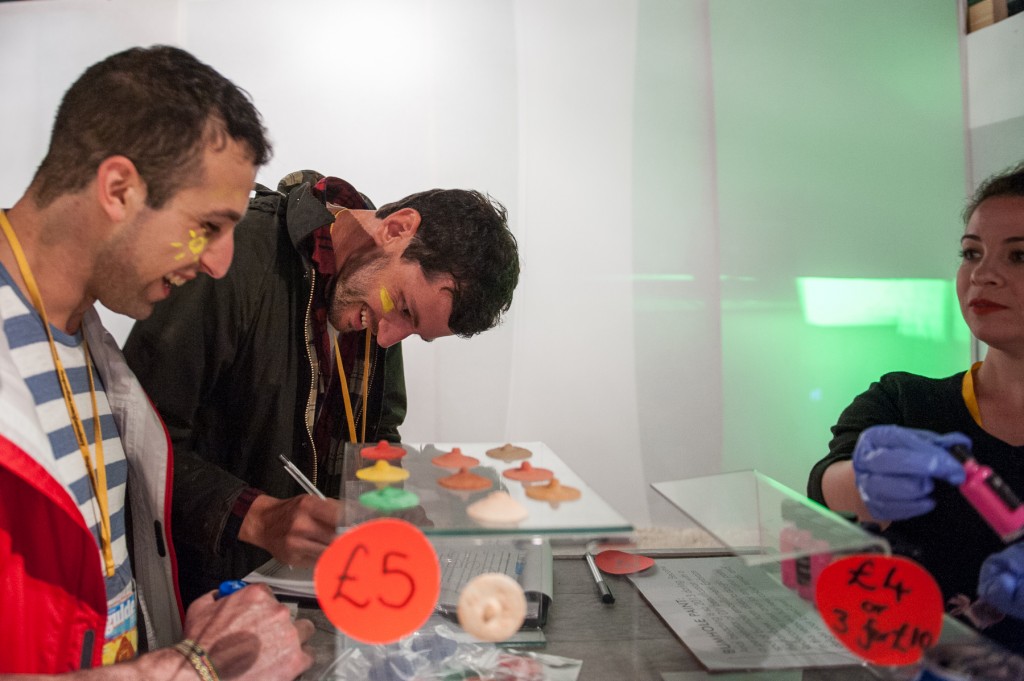
And where better to open shop than Shangri La, Glastonbury’s epicentre of shambolic, hedonistic, glorious, riotous, filthy, after-hours revelry. On sale were a range of accessories inspired by the latest trends in sexual enhancement.
Among them was a range of latex third nipples created by McCartney, selling for £5 each. Why a third nipple? Overall, 6% of the human population has one, including Lily Allen and Mark Wahlberg (or Marky Mark as he ought always to be known). One in 18 men and one in 50 women are lucky enough to have a third nubbin.
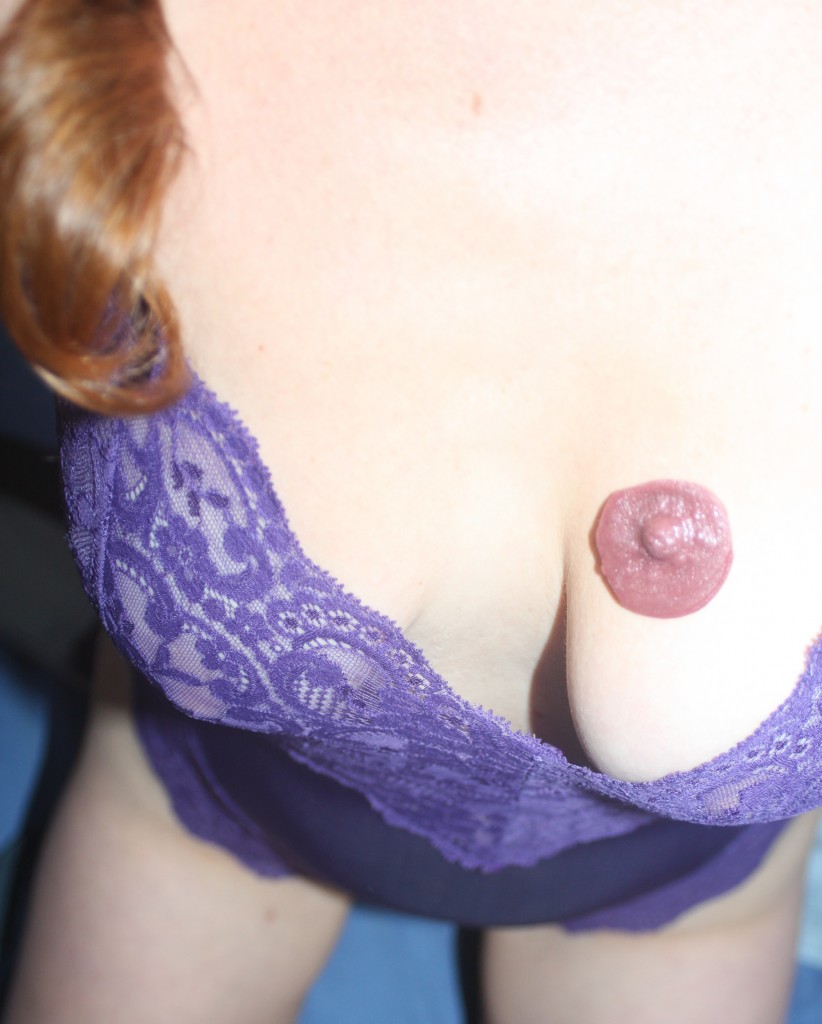
Third nipples can appear anywhere on the human body – even as far removed from the normal location as the foot.
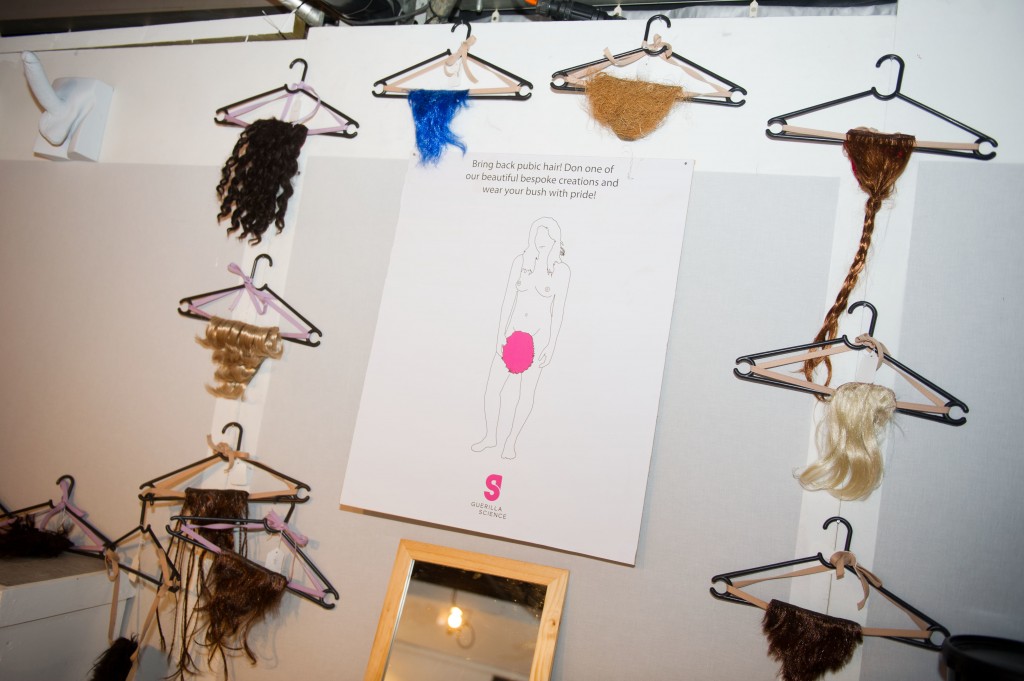
Also on sale were pubic wigs, or as they were termed by the 17th century citizens who donned them, merkins. The original purpose was practical rather than cosmetic: if forced to remove one’s genital hair due to an infection of pubic lice (or worse), being bald was a source of embarrassment. Hairless victims would wear wigs to cover up their shame at a time when pubic hair was seen as an adornment, not an annoyance.
So to celebrate the natural condition of genital hair, we stocked our shop with a riotous variety of muffs.
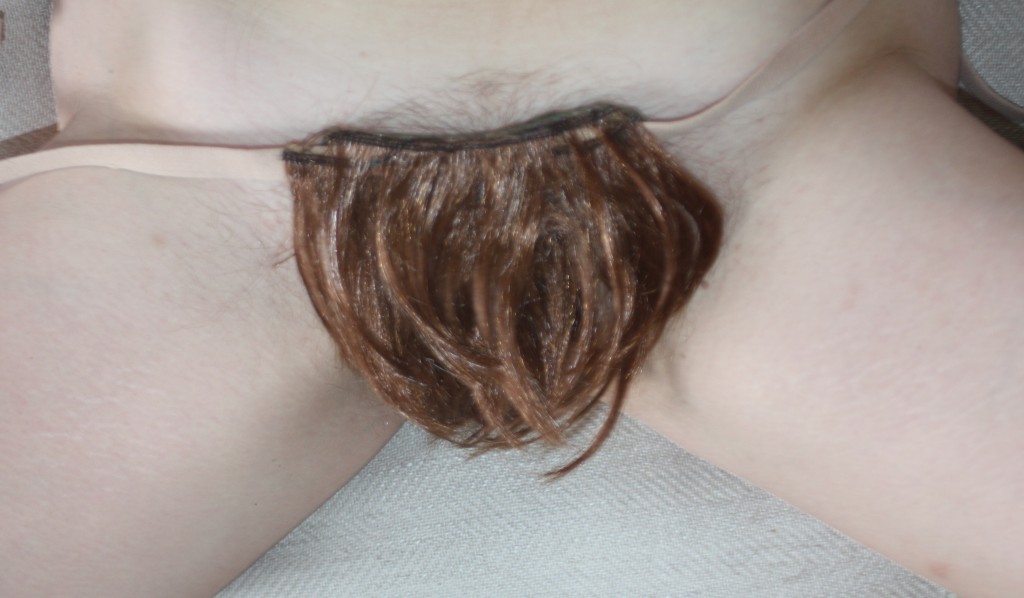
Next: Bumhole paint, smeared on arsehole flowers, cast from real human rectums. These floral interpretations of the human anus, originally devised by artist Peter Farrell, were intended to celebrate an under-appreciated area of the body, transforming it into something to be treasured rather than trashed.

Why bleach your asshole when you can colour it pink, green or yellow?
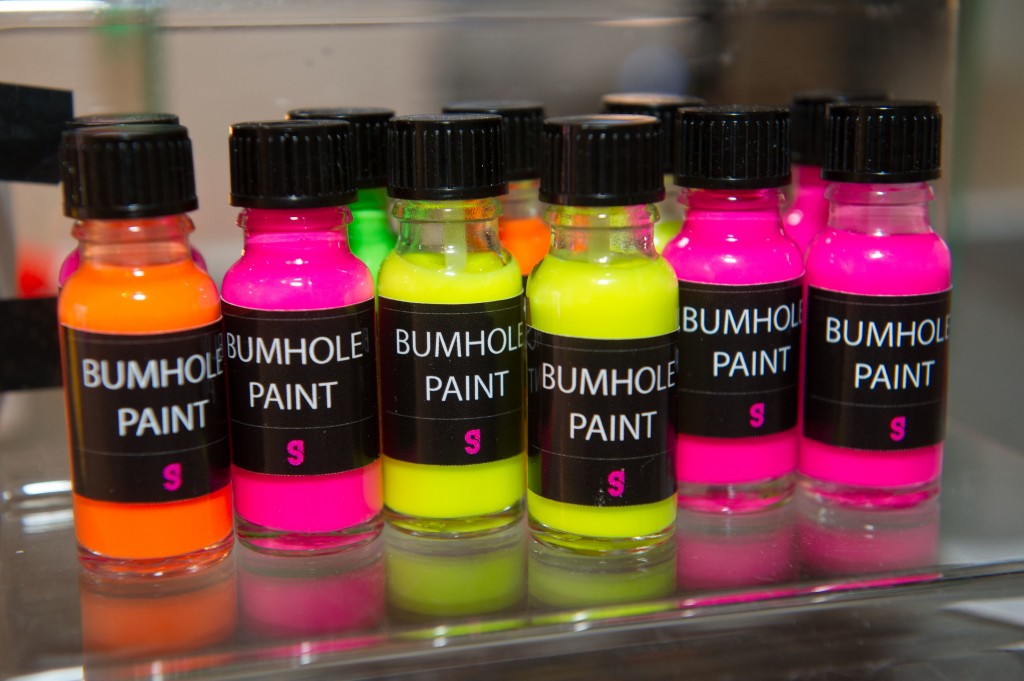
At the entrance to our venue was displayed The Great Wall of Vagina, a sculpture created by McCartney. The collection of casts of female genitals – each panel displaying 40 vulvas in a 4 x 10 grid – has been crafted to celebrate the natural variation that defines the female form: no two look the same.
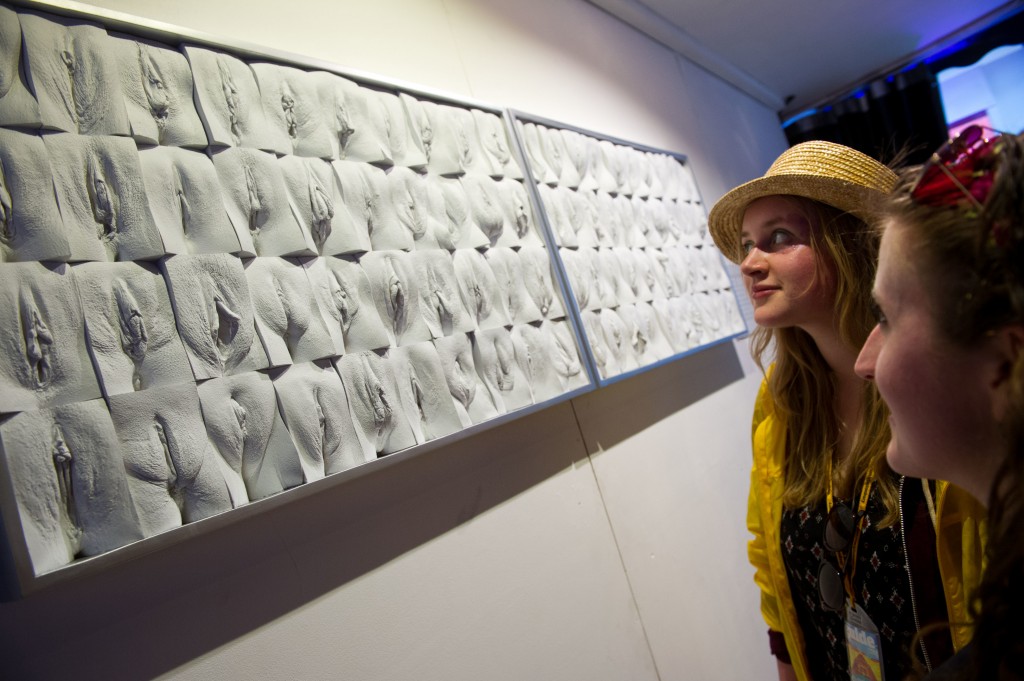
In large part due to the proliferation of pornography, the concept of the “clean slit” – a vulva with trimmed and tiny labia, completely shaven – has become normalised in the minds of many young women and men. Labia that have the audacity to protrude beyond the outer lips are often deemed masculine or distasteful. The implication is that there is a right way and a wrong way to look. This is binary biology, better known as “body fascism”.
“I made this sculpture because I genuinely think it is a positive experience for women to see the true range of shape,” said McCartney. “People misinterpret their own genitals and pornography has a big role to play in that. So when women see this and realise they are normal, that is powerful. Think about it: How many sculptures can genuinely change a woman’s life? Freedom from body dysmorphia is a gift.”
Though a muddy field in Somerset might seem the strangest place to exhibit a wall of vulvas, to us it made perfect sense. If you can’t display a wall of labia at Glastonbury, where in the world can you?
And even in the shambolic, drug-fuelled carnival of Shangri-La, qualified medical professionals wandered into our venue. “They remarked how beautiful the Great Wall of Vagina is and how inspiring it should be to young women, and educational to young boys,” said Emily Carroll, one of our actors. “It normalises something that is unspoken. The difference between what we think we look like and what we actually look like is a very grey area.”
Carroll and the rest of the Guerilla Science team of actors posed as sexologists, questioning the audience using extracts of genuine surveys from the National Survey of Sexual Attitudes and Lifestyles (Natsal). This is one of the largest and most detailed scientific studies of sexual behaviour in the world, managed by a multidisciplinary team of researchers from University College London, the London School of Hygiene and Tropical Medicine and the independent research agencyNatCen Social Research. Guerilla Science used this to give our audience an insight into how modern scientists are continuing to reveal surprising things about our sex lives.
“Natsal is a powerful way to use concrete, valid and reliable scientific methods to investigate our sexual behaviour in a culture where we are surrounded by wildly unrepresentative surveys in popular magazines that tell us everyone is doing it three times a night,” said Guerillla Science’s Jenny Jopson. “We wanted to show that sex is a legitimate source for scientific inquiry.”
For half a year, devising this venue seemed utterly bonkers. Yet it worked. It clearly struck a chord. “We found a way to interact with people in a way normally never possible,” said Delia Taffler, one of our actors. “The light of recognition in everyone’s eyes was unmistakable.”
Zoe Cormier is head of communications at Guerilla Science, whichcreates events and installations for festivals, museums and galleries that connect people with science in innovative ways. The Glastonbury event was supported by the Wellcome Trust